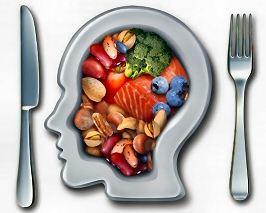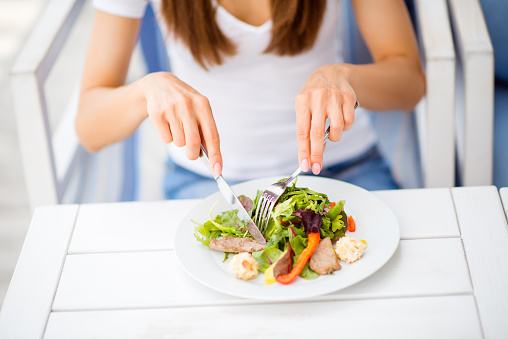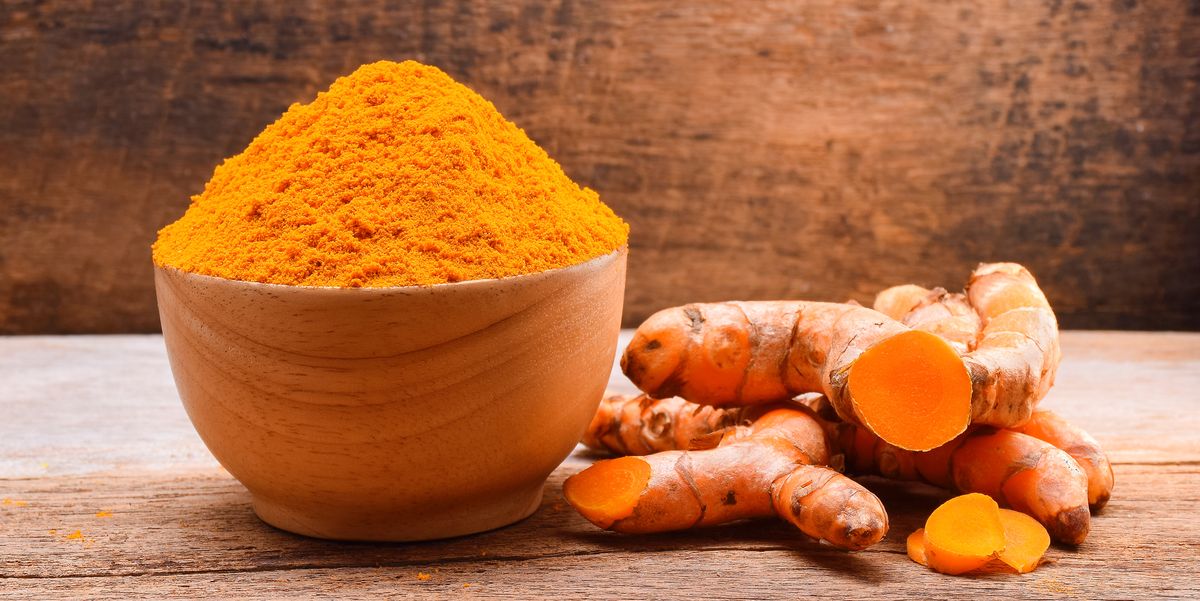by: Dr. Alyssa Musgrove
Regular exercise offers major health benefits. In order to get the most from your workout while staying at a level that is safe, it is recommended to monitor how hard your heart is working. Your target heart rate is a range of numbers that reflect how fast your heart should be beating when you exercise. Knowing your heart rate can help you track your health and fitness levels and achieve your training goals. 
To begin, let’s go over some basics regarding your heart rate. Resting heart rate is the number of times your heart beats per minute when you are at rest. An ideal time to check your resting heart rate is in the morning before you get out of bed, ideally after a restful sleep. Generally speaking, normal is between 60 and 100 beats per minute. As far as resting heart rate goes, lower is better. If you have a low resting heart rate it usually means your heart muscle is in great condition and does not have to work as hard to maintain a steady beat. An elite athlete may have a resting heart rate as low as 40 beats per minute.
In order to calculate your maximum heart rate, subtract your age from 220. For example, for a 50-year-old person, 170 is the maximum heart rate. Your target heart rate is a percentage of your maximum heart rate and is dependent on your level of exercise.
Beginners should exercise at 60% of their maximum heart rate, intermediate at 70% and advanced at 85%. During moderate intensity activity, you should be about 50-70% of your maximum heart rate. So, continuing our example above, if our 50-year-old person is exercising at moderate intensity, he would calculate his target heart rate zone by taking his maximum heart rate (170) and multiplying it by .5 and .7. This would give him a target heart rate zone between 85 and 119.
(Keep in mind some drugs and medications affect heart rate, resulting in a lower maximum heart rate and target zone. If you have a heart condition or take medication it is always best to check with your primary healthcare provider.)
Some machines at the gym make it easy for you to monitor your heart rate while exercising. For example, most treadmills have a spot where you place your hands and it will calculate your heart rate for you. Some people enjoy wearing a fitness tracking device that will also calculate and track your heart rate for you, making it super easy. If you do not have a fitness tracking device, you can calculate your heart rate manually by taking your pulse.
The most accurate way to take your pulse is by using your first two fingers (pointer and middle finger), placing them on the inside of your wrist or the side of your neck just below the jaw bone. Use just the tip of your first two fingers and press lightly over the artery until you feel a steady pulse. Count your pulse for 30 seconds (you will need to set a timer or use the second hand on a clock) and then multiply it by 2 to find your beats per minute. You want to count your pulse immediately upon stopping exercise.
So, what exactly does our heart rate tell us? If your heart rate is too high while you are working out, it means your body is having to strain, and it’s a strong clue to slow down. If your heart rate is too low, you may want to consider pushing yourself a little harder during exercise. If you are just starting to get active, aim for the lower range of your target heart rate zone, for example 50% of your maximum, and gradually build up to 75%. Over time your body adapts to the increased demand and you can comfortably exercise up to 85% of your maximum heart rate.
Workouts should consist of a 5- to 10-minute warm up, followed by 20 to 30 minutes of consistent exercise where your heart rate is in your target zone, followed by a 5- to 10-minute cool down. The purpose of a warm up is to gradually increase your heart rate and prepare your muscles and circulatory system for training. This helps prevent injuries to the ligaments, muscles and joints. Your cool down period will gradually lower your heart rate to normal before stopping, preventing unwanted side effects like nausea and dizziness. Monitoring your heart rate is a simple way to determine if you are training safe and effectively.
Pathways to Healing specializes in holistic chiropractic care. Dr. Alyssa Musgrove draws on a variety of techniques, including chiropractic, kinesiology, nutrition, food allergy testing and lifestyle counseling to assist clients in achieving optimal health and wellness in one setting. Pathways to Healing is located at 1022 Founders Row, Lake Oconee Village, Greensboro. The office can be reached at 706-454-2040.








